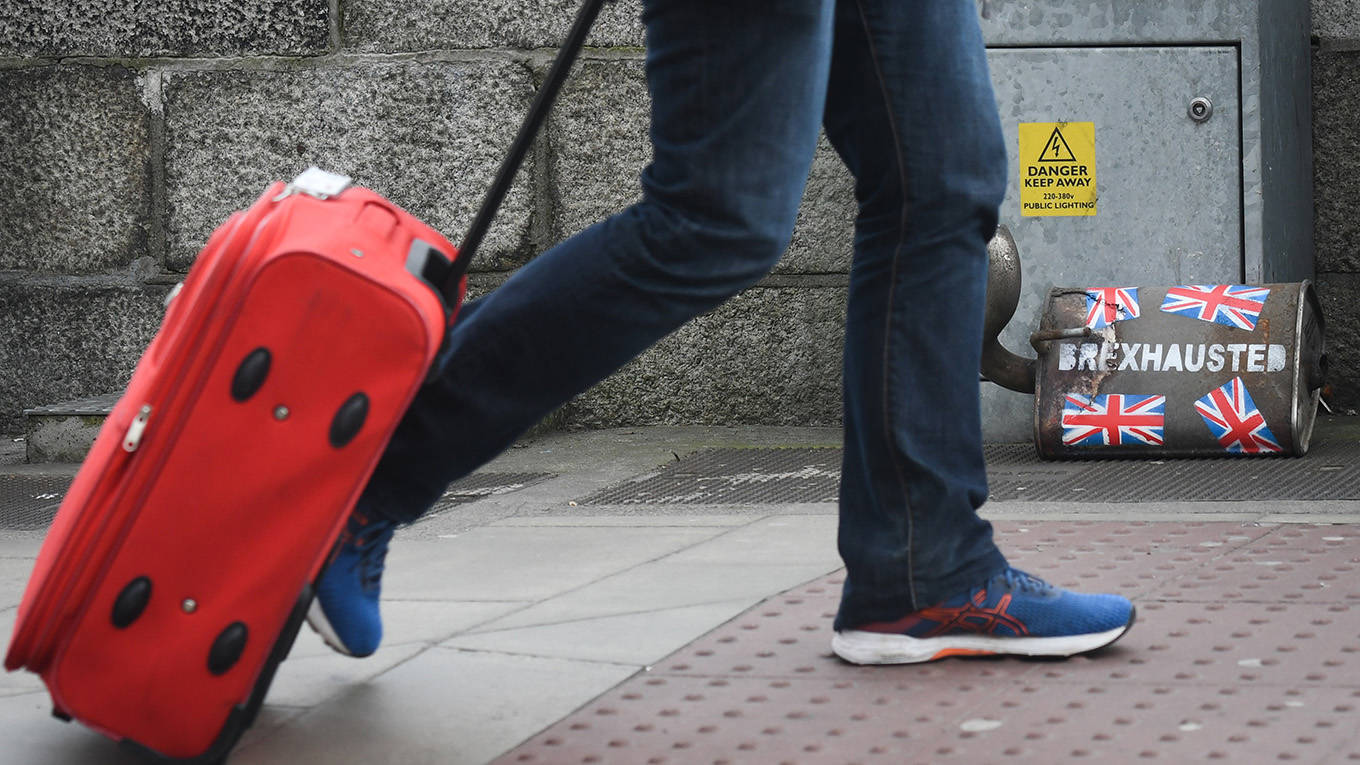by Eleanor Albert and Andrew Chatzky
Introduction
 Discriminatory policies of Myanmar’s government since the late 1970s have compelled hundreds of thousands of Muslim Rohingya to flee their homes in the predominantly Buddhist country. Most have crossed by land into Bangladesh, while others have taken to the sea to reach Indonesia, Malaysia, and Thailand. Beginning in 2017, renewed violence, including reported rape, murder, and arson, triggered an exodus of Rohingya amid charges of ethnic cleansing against Myanmar’s security forces. Those forces claim they are carrying out a campaign to reinstate stability in the western region of Myanmar, but international pressure on the country’s elected leaders to rein in violence continues to rise.
Discriminatory policies of Myanmar’s government since the late 1970s have compelled hundreds of thousands of Muslim Rohingya to flee their homes in the predominantly Buddhist country. Most have crossed by land into Bangladesh, while others have taken to the sea to reach Indonesia, Malaysia, and Thailand. Beginning in 2017, renewed violence, including reported rape, murder, and arson, triggered an exodus of Rohingya amid charges of ethnic cleansing against Myanmar’s security forces. Those forces claim they are carrying out a campaign to reinstate stability in the western region of Myanmar, but international pressure on the country’s elected leaders to rein in violence continues to rise.
Who are the Rohingya?
The Rohingya are an ethnic Muslim minority who practice a Sufi-inflected variation of Sunni Islam. There are an estimated 3.5 million Rohingya dispersed worldwide. Before August 2017, the majority of the estimated one million Rohingya in Myanmar resided in Rakhine State, where they accounted for nearly a third of the population. They differ from Myanmar’s dominant Buddhist groups ethnically, linguistically, and religiously.
















/arc-anglerfish-arc2-prod-mco.s3.amazonaws.com/public/XTC2JU3U4VCW7OSXFNOP4HYFJU.jpg)